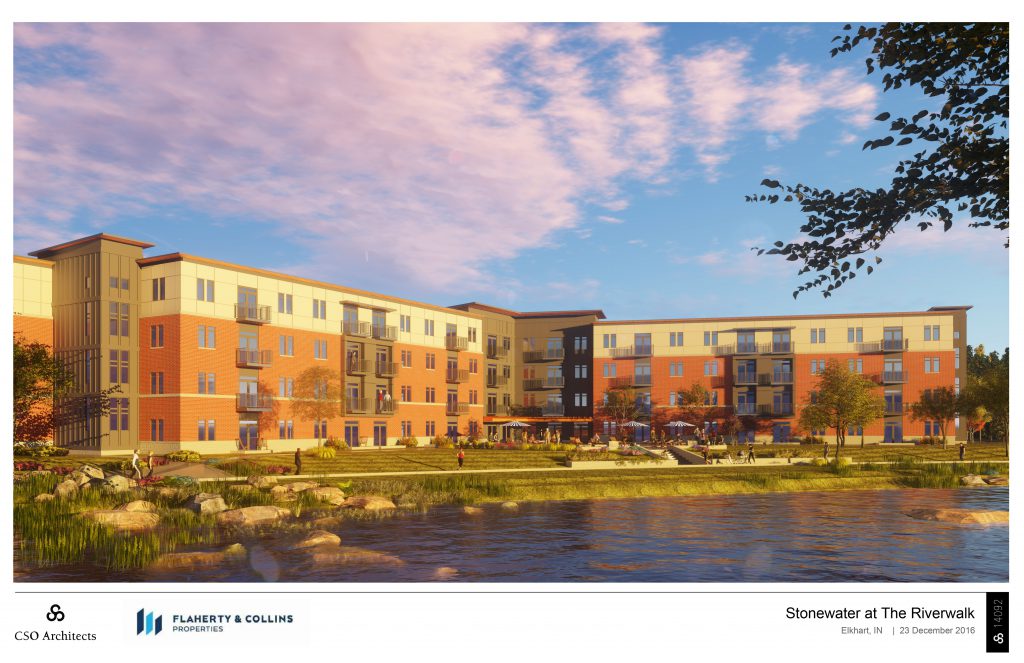
It is a recurring question.
Why do all new apartment buildings look the same? by Patrick Sisson (Curbed)
The bland, boxy apartment boom is a design issue, and a housing policy problem
A wave of sameness has washed over new residential architecture. U.S. cities are filled with apartment buildings sporting boxy designs and somewhat bland facades, often made with colored panels and flat windows.
Due to an Amazon-fueled apartment construction boom over the last decade, Seattle has been an epicenter of this new school of structural simulacra. But Seattle is not alone. Nearly every city, from Charlotte to Minneapolis, has seen a proliferation of homogenous apartments as construction has increased again in the wake of the financial recession.
This is hilarious.
A Twitter query seeking to name this ubiquitous style was a goldmine. Some suggestions seemed inspired by the uniformity of design in computer programs and games: Simcityism, SketchUp contemporary, Minecraftsman, or Revittecture. Some took potshots at the way these buildings looked value-engineered to maximize profit: Developer modern, McUrbanism, or fast-casual architecture. Then there are the aesthetic judgement calls: contemporary contempt, blandmarks, LoMo (low modern), and Spongebuild Squareparts.
Getting down to the particle board of the matter:
Good architecture should always respond to the local context. In the case of these buildings, the local economic context just happens to be the same in just about every major U.S. city.
“Critics don’t understand what we’re working with, the parameters and the financial constraints,” says Black. “It’s like any other business: If you’re selling autos or selling widgets, there are certain costs, and a certain profit you need to make to do business in the future.”











